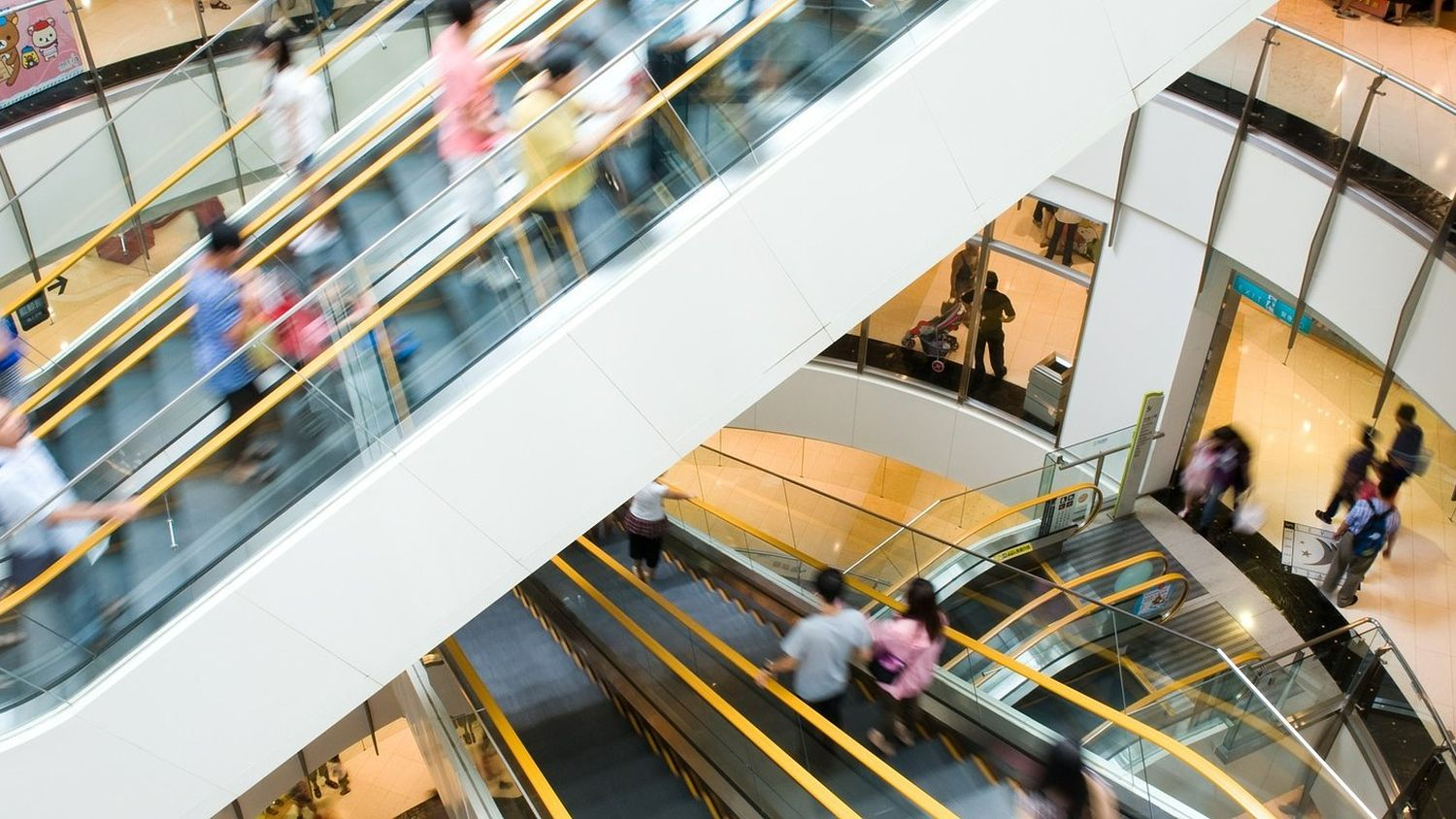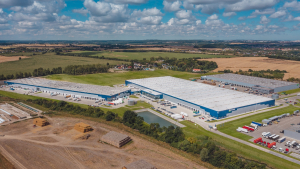
More than 60% of Polish consumers do their larger grocery shopping in excess of PLN 100 in discount stores. A similar proportion of people in Poland opt for shopping centres on account of their entertainment offer, while nearly 40% go to retail parks which they value for familiarity with space layouts - a guarantee of a quick and easy shopping trip. According to the latest report from Cushman & Wakefield, Polish people have clearly defined expectations about each retail format, with each likely to respond to different shopping and other needs.
According to a survey commissioned by Cushman & Wakefield, small, local stores close to where people live are the most favoured of all the types of retail facilities. They are visited by 66% of respondents up to a few times a week, which is far more often than in the case of online purchases - made at least once a week by only 36% of Polish people, with half of them shopping online up to a few times a month. Retail parks and shopping centres report a similar frequency of consumer trips, with 32% and 33% of Polish people going there at least once a week respectively.
"Convenience is the foremost reason why we so willingly and often go to small, local stores. Shopping for small, daily items is most easily done near your home, for example, after work or when you go to pick up an online order. By contrast, discount stores top the league table for larger grocery shopping in excess of PLN 100 - they are favoured by 62% of survey respondents. Shopping centres lead the way for entertainment, attracting nearly 60% of respondents. This clearly shows that each retail format is attractive to consumers for different reasons, which should be taken into account by landlords, managers and tenants in creating an offer that will address the needs of prospective customers”, says Ewa Derlatka-Chilewicz, Head of Research, Cushman & Wakefield.
Why we choose the retail facility we choose
Above all, what makes a retail facility attractive is a large choice of stores, say survey respondents. An appropriate tenant-mix is important to nearly 70%. Easy access/good infrastructure and free on-site parking spaces were also ranked high, with each scoring 63%. More than half (56%) of consumers also value a location close to their homes (must be under a 15-minute drive). F&B options also came high - cited by nearly 40% of respondents, while one in five found entertainment relevant, signifying that many respondents visit shopping centres for more than just shopping.
"While it may be challenging for landlords of standing facilities to adapt the existing infrastructure to new requirements, they are unlikely to experience any difficulties with creating a tenant-mix and an optimal offer. As a result, many shopping centres are being re-commercialised, repositioned or - if necessary - redeveloped to better meet the expectations of visitors. The Polish retail market can be classified as mature and this means that more and more retail facilities will have to be rethought or revamped to increase their chances of attracting more customers, especially the youngest clientele”, comments Michał Masztakowski, Head of Retail Agency Poland, Cushman & Wakefield.
Shopping or entertainment centres?
Shopping centres are undoubtedly the category of facilities that boast the most diverse offer. However, Poland has a limited number of 440 shopping centres - most are located in the very heart of large cities or on the outskirts, with some requiring long commutes. Despite this, half of respondents are ready to spend more than 15 minutes on a trip to a shopping centre. So, what makes shopping centres attractive? Above all, it is better promotions and lower prices, ahead of a wider offer and greater product availability and a unique offer.
"What also makes shopping centres unique is entertainment: a good cinema, well-thought-out F&B options and - to a lesser extent - on-site events. The importance of a strong retail and entertainment offer is borne out by footfall levels. According to Cushman & Wakefield’s data, the strongest average annual footfall growth in 2023 compared to 2022 was recorded for the largest shopping centres with more than 60,000 sq m of leasable area and the widest retail and service offer”, adds Paulina Bauer, Head of Retail Asset Services, Cushman & Wakefield.
Retail parks stand for convenient shopping
Cushman & Wakefield’s survey has also revealed that a retail park is largely a place that should enable convenient shopping at competitive prices – low prices and promotions are key to approximately two-thirds of retail park customers in Poland. Interestingly, nearly 40% would appreciate discounts for regular shopping. An important advantage of this retail format is also ample parking spaces which are important to almost a third of survey respondents. In addition, nearly 40% of consumers would be incentivised to visit a local retail park by a familiar layout making for easy and quick shopping. It is also worth limiting space reconfigurations which are disliked by almost 60% of respondents.
"A well-thought-out and intuitive layout should be a guiding principle, particularly for developers and landlords who are about to build new retail parks which are the fastest-growing retail format on the Polish market. According to data from Cushman & Wakefield, at the end of the first quarter of 2024, there were 40 retail projects underway, 25 of which were retail parks. Their competitive advantage over shopping centres lies in greater store layout stability, a comparable availability of parking spaces and low, competitive prices”, concludes Ewa Derlatka-Chilewicz.



